‘Business, not city service, is being prioritised’
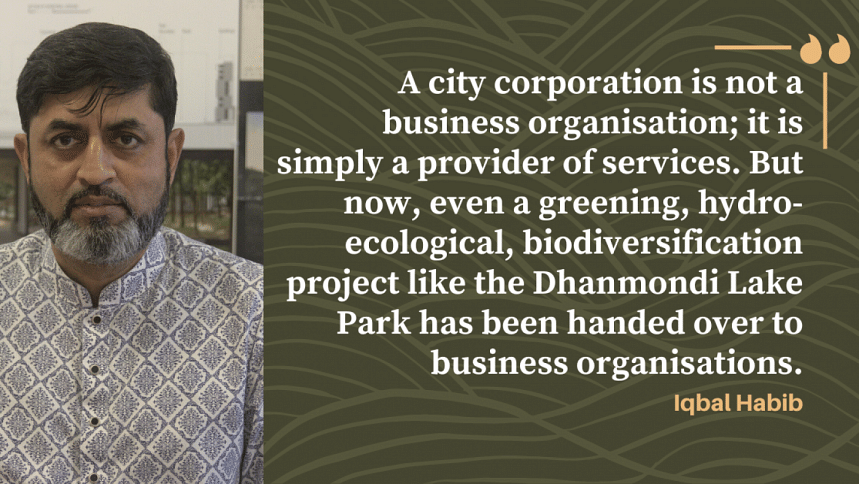
In view of the rampant commercialisation of Dhanmondi Lake Park in Dhaka, architect and designer Iqbal Habib speaks to Afia Jahin of The Daily Star regarding the initial plan for the park versus what remains of it.
What was your original vision regarding the Dhanmondi Lake Park?
The Dhanmondi Lake was the first of the interventional urban design projects surrounding lakes in Dhaka. We understood that the lake was a part of a network of canals, channels, and reservoirs that are spread throughout the city.
One of our main goals in this project was to rejuvenate the lake's waterflow. But we also discovered that people often take these reservoirs for granted. Also, this lake was a preferred zone of waste disposal for citizens, the city authorities, and surrounding businesses and establishments. Back then, given that this waste would eventually flow into the old Buriganga channel, the effects of such disposal were not too noticeable. But it still needed to be rectified, alongside improving accessibility by keeping the lake's waterflow intact, finding ways to oxygenate the water, and shutting down all pollution inlets into the lake. Of course, another aim was to make the Dhanmondi Lake an accessible, nature-based recreational space for citizens.
For this, certain facilities needed to be included so that visitors had all of the amenities they needed. There was also an effort to include areas around the lake for cultural activities in which the youth could participate. Another aspect, which, in hindsight, might have been more of an indulgence, was to put up a restaurant beside the lake. But the main idea was to design the surrounding area in such a way that all three aspects of the park's maintenance could be financed from it. These aspects were ensuring security, diligently taking care of the greenery, and general upkeep. In the beginning, the cost for the overall maintenance used to be around Tk 10-11 lakh monthly, financed from the Tk 12.5-14 lakh the park would earn.
Something that architect Muzharul Islam had pushed for was public engagement with our plans for the Dhanmondi Lake Park. Thus, we began going back and forth with a handful of citizen groups. Though they were largely against the plan at the beginning, these groups eventually came around and began cooperating with us. During the inauguration, they even said it was because they were consulted that the park had been constructed so beautifully.
Alas, the one aspect of our initial plan that we were unable to fulfil was restoring the flow in the connecting waterways. These areas were outside our jurisdiction. We had to witness as projects sprang up all around. If not for the (market), we would have ensured the waterflow of the lake till Azimpur graveyard. We also wanted to restore the waterway connection between the Dhanmondi Lake and the water body in Rayerbazar, which would have gone through Pilkhana. The establishment of the Panthapath area was the final nail in the coffin.
During all of this, we also discovered an element of protection for water bodies: walkways. The Dhanmondi Lake Park was the pioneer in this regard.
How lawful is it for the city authorities to commercialise various sectors of the park?
These sectors have existed since the original plan. This division was supposed to aid in easier management and maintenance of the park. In our spending-from-earnings model, we were careful not to spend on anything unnecessary, especially concretisation and anything that would harm the greenery. Back then, there was an advisory committee (under a ministerial secretary) and a management committee (led by the CEO of the mayor's office). So, any changes or commercialisation within the park would have to be approved by the advisory committee and, by extension, the ministry. Stakeholders such as local residents, government employees, and even the Bangabandhu Memorial Museum were involved. Having so many people involved acted as a barrier against vested groups trying to make unnecessary changes to the park. Even when the opposition came to power, they could only go so far as to neglect the park, but they could never take over.
The appointment of the current mayor changed things drastically. For one, he nullified the two-committee system altogether. This, to me, seemed impossible from a legal perspective, because nullifying the two-committee system is something that the ministry can do, not a mayor. We involved so many stakeholders in the project in order to prevent such moves. But no one challenged this move. I believe if this move is challenged in a court, and if that court is unbiased, the move would be deemed unlawful. I am not sure whether the ministry later approved the mayor's nullification of the model or not.
A mayor has the duty of protecting greenery, as this is something he or she commits to when taking on the post. I also believe that for the city corporation to commercialise the Dhanmondi Lake Park this way is a serious offence. A city corporation is not a business organisation; it is simply a provider of services. But now, even a greening, hydro-ecological, biodiversification project like the Dhanmondi Lake Park has been handed over to business organisations. On top of that, the park is not being maintained properly either. It has become something of a zone for questionable and criminal activities. The original concept behind the project is now lost.
I want to say clearly that the Dhanmondi Lake Park project is one that was very close to Prime Minister Sheikh Hasina's heart. Not only her own house, but her father's house is also situated by the lake. One after another, actions are taking place to strip the Dhanmondi Lake of its intended character. Crores of taka were spent to divert the drainage routes of the area away from the lake. Now, all the waste from these commercial establishments is being dumped into the lake. This is unacceptable.
If the Dhanmondi Lake Park could be restructured, what would be the way to go about doing so?
The foremost task would be to eliminate all elements of commercialisation from the park. If needed, even the commercial structures in the original plan (besides a couple eateries and the public toilets) should be removed in order to revive the area's biodiversity. In my estimates, only Tk 15-16 lakh would be needed monthly for the park's maintenance, and this should be allocated from the city corporation. If needed, each visitor can be charged Tk 1 of entry fee. But the current concept of having businesses take over the park cannot be accepted.
Only by returning to the original spending-from-earnings model and by engaging the community in the management of the area can the Dhanmondi Lake Park be properly refurbished. Greening of the park and oxygenation of the lake water through boating activities should also be brought back.
Parks under the DNCC seem to be more people-oriented in comparison to those under the DSCC. Why do you think this is?
The answer in one line would be: Viewing public property through a business lens. If you look at the projects we have done under the Jol-Sobuje Dhaka campaign, you will see that no more than five percent of any of these spaces is occupied by structures, and that, too, by fitness centres or libraries. Then why are these changes being brought about now? Previously, the Golapbagh field was taken over by markets too. These were relocated, outside the field and concealed behind a gallery. The field was thus freed of commercial activities.
I urge the current authorities to resume the public space de-commercialisation initiatives of the previous mayors.
The present way of building commercial structures in parks itself is very wrong. Business, not city service, is being prioritised. And this is not part of the job description of the mayor, the mayor's office, or the councillor.
What has happened with the Dhanmondi Lake Park causes me pain. If you look at the original masterplan, you will see that nothing outside of what people and nature would require was included. What kind of perspective is this, where one only thinks of commercialising everything? At a minimum, shouldn't our children be able to see greenery? Now, there is only uncontrolled concretisation.

 For all latest news, follow The Daily Star's Google News channel.
For all latest news, follow The Daily Star's Google News channel. 
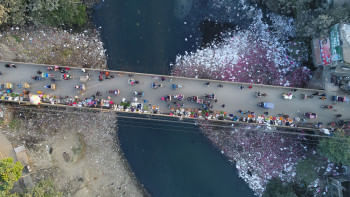
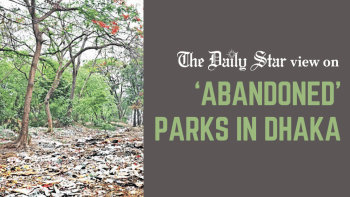

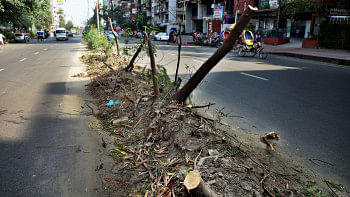


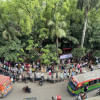

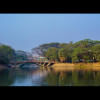



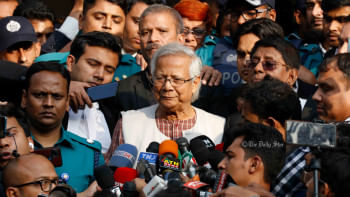

Comments